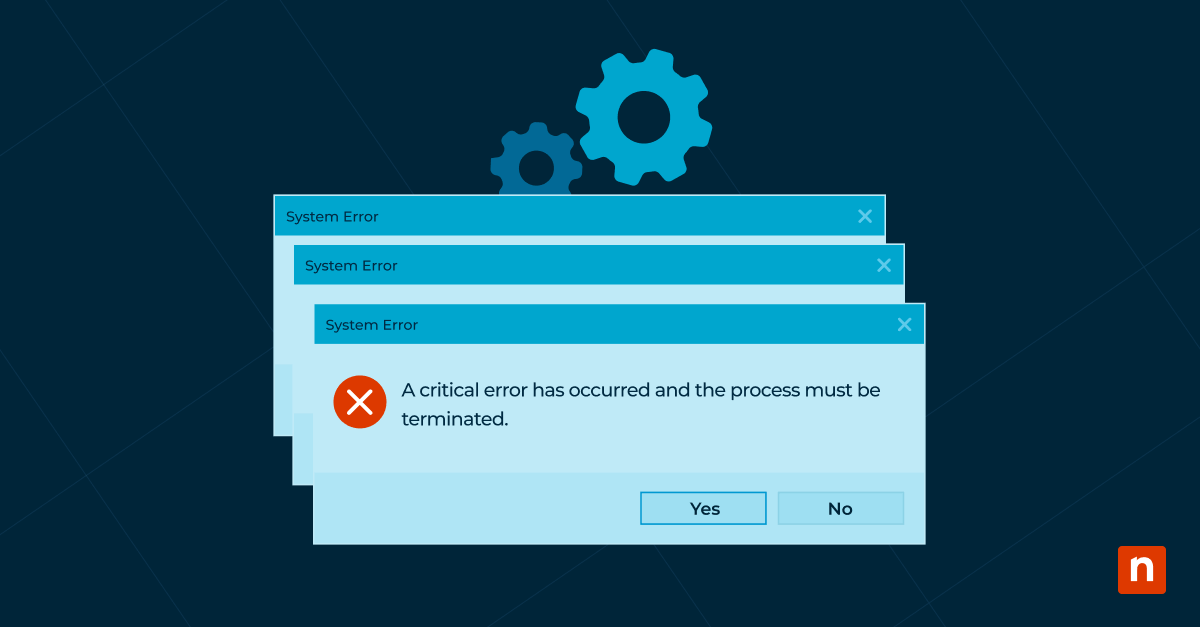The cloud has revolutionized business operations by enabling greater flexibility, scalability and cost efficiency. Companies can now rapidly adapt to changing market conditions, scale resources on demand, and reduce operational costs by eliminating the need for extensive on-premises hardware. You must implement cloud migration strategies to make certain the migration makes sense for your business, optimizes performance and enhances security.
What is a cloud migration?
Cloud migration involves transferring your digital assets, such as data, applications and IT resources, from on-premises infrastructure to a cloud-based environment. This transformation gives you the advantage of cloud computing’s scalability, flexibility and cost-efficiency. Depending on your needs, cloud migration can include shifting data to a single cloud provider, multiple cloud providers or a hybrid cloud environment.
Types of cloud migration
Understanding the different types of cloud migration strategies will help you successfully execute your project. You can use various methodologies that offer unique benefits and challenges.
Rehosting (lift and shift)
Rehosting, commonly called “lift and shift,” means moving applications directly to the cloud without altering their architecture. This straightforward method minimizes disruption, making it perfect for a quick move to the cloud.
Replatforming
Replatforming is when you make optimizations during the migration to take better advantage of cloud capabilities without changing the core architecture. This can include updating databases or modifying middleware, balancing the need for speed with cloud efficiencies.
Refactoring/re-architecting
Refactoring or re-architecting involves redesigning applications to be cloud-native, leveraging features like microservices and serverless computing. Though more complex and time-consuming, this provides substantial benefits in performance, scalability, and cost savings.
Retiring
During the migration process, some applications may become redundant. Retiring these applications means decommissioning them, simplifying your environment and reducing costs.
Retaining
Certain applications might need to stay on-premises due to regulatory, compliance or operational reasons. Retaining these applications enables them to continue to operate effectively while the rest of your IT environment transitions to the cloud.
Overview of cloud migration strategies
Executing an efficient and cost-effective migration to the cloud requires a well-thought-out strategy that minimizes risk. To facilitate a successful transition consider these five key strategies:
- Evaluate assets: Assess infrastructure, applications and data for cloud suitability. Identify potential challenges and dependencies.
- Define objectives: Establish migration goals like cost reduction or improved performance. Use these to guide the process and align stakeholders.
- Choose a cloud model: Select from public (scalable, cost-effective), private (controlled, secure), or hybrid (combined benefits) based on your needs.
- Develop a roadmap: Create a detailed plan outlining migration phases, timelines, resources, and milestones to smooth out your execution.
- Execute and monitor: Follow the roadmap, adjusting as needed. Continuously monitor your progress to quickly identify and resolve issues so the migration stays on track.
Benefits of cloud migration
Migrating to the cloud offers numerous advantages that can significantly enhance your operations and competitive edge.
- Cost efficiency: Reduce or eliminate the need for on-premises hardware for significant savings on maintenance and operational costs. The pay-as-you-go pricing model allows you to only pay for the resources you use, optimizing cost management.
- Scalability: Scale resources up or down based on demand, a valuable option for businesses with fluctuating workloads or seasonal peaks. Quickly adding or removing resources allows applications to handle varying levels of demand without compromising performance.
- Flexibility and accessibility: Cloud-based applications and data can be accessed from anywhere, facilitating remote work and collaboration. Employees can work from different locations while accessing the same tools and information, boosting productivity and efficiency.
- Enhanced security: Cloud providers invest heavily in security measures and compliance certifications, offering advanced protection you may not have on your own. These features can include data encryption, regular security updates, and robust disaster recovery options.
- Innovation: Freeing up IT resources from managing on-premises infrastructure lets you focus on strategic initiatives and innovative projects. The cloud provides access to technologies like artificial intelligence, machine learning and big data analytics to drive growth and stay competitive.
Best cloud migration tools
Cloud computing offers a wide array of servers, software, storage, and services. Select the tools that best fit your migration needs.
AWS migration hub
AWS Migration Hub offers a centralized platform to track the progress of your application migrations across AWS and partner solutions. It provides visibility into the migration status, helping you manage your migration projects more efficiently. The hub supports various other migration tools and services, making it easier to coordinate and streamline the process.
Azure migrate
Azure Migrate is a comprehensive suite of tools designed to assist with the migration of on-premises applications, infrastructure, and data to Azure. It supports a wide range of migration scenarios, including VMware, Hyper-V, and physical servers. Azure Migrate provides assessment tools to evaluate readiness, migration tools to facilitate the transfer, and optimization tools to guarantee cost-efficient and performant operations in the cloud.
Google Cloud migration tools
Google Cloud offers several tools to support migration efforts, including Migrate for Compute Engine, which simplifies the migration of virtual machines from on-premises or other clouds to Google Cloud. Google’s Database Migration Service provides a seamless way to migrate databases with minimal downtime. These tools help you transition smoothly to Google Cloud while leveraging its powerful infrastructure and services. However, if you’re having difficulties, Google consultants can help you resolve them.
Steps to ensure long-term success post-migration
Following a well-thought-out framework and using the best cloud migration tools and strategies will give you a successful and sustainable cloud migration, unlocking the full potential of cloud computing.
Step 1: Proactive planning
Start with proactive planning. Regularly review your cloud usage and resource allocation to find areas for cost savings and performance improvements. Use tools from cloud vendors to monitor usage patterns and recommend optimizations for better efficiency.
Step 2: Security
Prioritize security by implementing measures like encryption, access controls, and regular audits to protect your data and applications. Cloud providers offer various tools and services to help maintain security. Regular updates and patches prevent vulnerabilities and help you meet industry standards.
Step 3: Compliance
Make sure your cloud operations comply with relevant regulations and standards. Regularly review compliance requirements and adjust practices as needed. Cloud providers often have certifications and tools to manage compliance effectively.
Step 4: Monitoring and management
Use cloud management tools to track performance, usage, and costs in real time. These tools provide insights into system health and can alert IT teams to potential issues before they impact operations. Effective monitoring helps your applications run smoothly and ensures resources are used efficiently.
Step 5: Training and support
Provide ongoing training for IT staff and end users to keep them updated with the latest cloud technologies and best practices. Taking advantage of support services from cloud providers helps you troubleshoot and resolve issues quickly, minimizing downtime and disruptions.
Step 6: Innovation
Encourage a culture of innovation. Promote experimentation and the adoption of new technologies to drive growth and competitive advantage. The cloud offers a range of advanced tools and services to support innovative projects and strategic initiatives, helping you stay ahead in a rapidly evolving market.
Successful adoption of cloud technologies relies on a robust endpoint security policy. With NinjaOne Endpoint Management, you can facilitate compliant devices for your organization.








